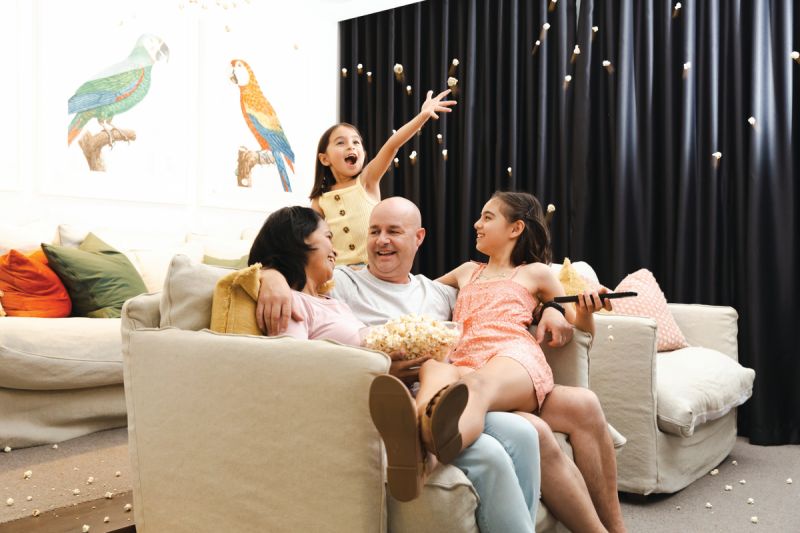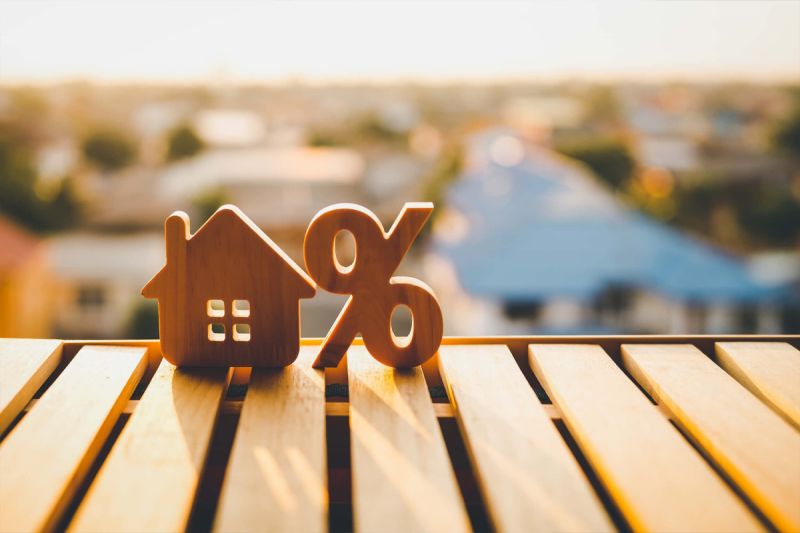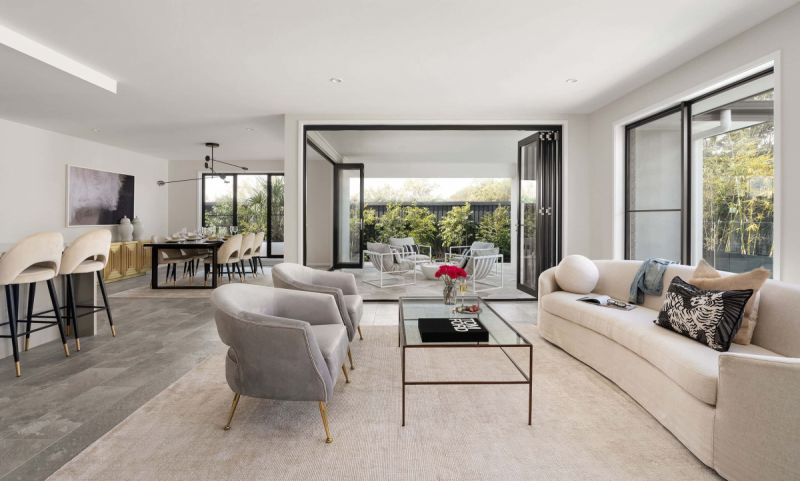Buying versus Building Your First Home
Owning your first home is one of life’s most exciting milestones. Getting there, however, can get quite daunting if you find yourself unfamiliar with the steps. Once you’re ready to buy your first home, it makes sense to educate yourself with your options - this way you know the type of home you’re looking for and how you’ll get there.
The first dilemma you are likely to find yourself in is whether to buy an established home or to build a new home. This requires you to zero-in on many factors: location, budget, space, family size, sustainability, and much more!
Location and Costs
One of the biggest considerations people have when buying an established home is the location. People typically look for esteemed suburbs with nearby infrastructure including shopping centres, schools, and public transport links. Purchasing in an established suburb also translates to accessible historical data, making it relatively easy to gauge its capital growth potential.
| Buying | Building | |
| Location | Likely to be in an established area with nearby shops, schools, and other amenities | Likely to be located in the outer suburbs where empty blocks of land abound |
| Costs | Can get expensive due to being in an established suburb | Could cut down on expenses through tax savings |
|
Home Transfer Duty (Stamp Duty) Savings (First home buyers only) |
No stamp duty for homes under $500,000 and a concessional rate for homes between $500,000-$550,000 | No stamp duty for land under $250,000 and a concessional rate for land between $250,000-$400,000 |
| First Home Owners Grant (FHOG) | No, if it’s not a brand new home | Yes, if it is a brand new home and under $750,000 |
| Timeline | 4-6 months of house-hunting + 30, 60, 90, 120 day-settlements | 6-12 months |
| Creative Freedom | No, unless you renovate | Yes |
| Sustainability | Older houses are less likely to be energy-efficient | Newer homes are built to a minimum energy standard |
On the other hand, first home buyers may find building a house in the outer suburbs the more affordable option due to the savings from home transfer duty concessions and the First Home Owners Grant (FHOG). You might get a 2 bedroom property in an inner suburb for $600,000, or you could build a 4 bedroom home in the outer suburbs for the same price (or even less).
Did you know that In Brisbane, the median house price for an established home is $564,389 and building your own is estimated at $542,624.80? Following that same logic, the general estimate of building a house is $21,764.20 cheaper than buying an established home. This takes into account stamp duty concessions and the FHOG.
Home Transfer Duty Savings and Concessions
In Queensland, buying your first home under $500,000 will exempt you from paying stamp duty. If the home is valued between $500,000-550,000, you may still be entitled to a concessional rate.
At the same time, building your first home in a vacant land entitles you to a home transfer duty exemption should it be valued under $250,000. If the land is priced between $250,000-400,000, concessional home transfer rates still apply.
First Home Owners Grant (FHOG)
While building a brand new house isn’t necessarily cheaper, the savings that come along with it make it attractive to first home buyers on a budget. Aside from the home transfer duty exemption, the First Home Owners Grant only applies to buying or building a brand new home under $750,000.

Timeline
For most people, the process of buying an established home begins once they start looking in the market. On average, house hunters take six months to find a house they want to purchase. More than 30% of Queenslanders spend 4-6 months looking! The process starts to smoothen out after this - all you need to do is put down your deposit, arrange for financing to be approved, and then wait for the agreed settlement time of 30, 60, 90, or 120 days.
The building process can take anywhere between 6 and 12 months on average. This factors in choosing your home inspiration, home styling appointments (choosing colours, materials, and finishes), electrical appointments, tender and contracts, paperwork processing, permits, and finally construction.
There is no one option faster than the other - you will find some steps more time-intensive than the rest. Preparing for how long it will take can help you set realistic expectations in buying or building your home.
Creative Freedom and Flexibility
It goes without saying, building your own home will grant you a lot more creative freedom and expression. You get to choose the colours, materials, appliances, and finishes that you would have otherwise had to replace when buying one.
Should this be your forever or long-term home, paying more attention to the details can help you achieve your dream home without breaking the bank.
Sustainability
The Australian Building Codes Board requires new houses to be built to a minimum energy standard of six stars. The National Construction Code (NCC) mandates the minimum requirements for safety, health, amenity and sustainability in the design and construction of new buildings throughout Australia. In an ideal scenario, energy-efficient homes tend to use less lighting, heating, and cooling because of the way they’re designed and built. Not only are you able to save, but also able to help the environment!
What’s the Verdict?
Take a closer look at your future plans for this house. Are you buying it to sell later on? Is it a property you’ll use as an investment? If so, some homeowners will strategise to buy an established home to capitalise on faster capital growth. Meanwhile, if you see this property as your forever home, building it tailored to your needs might work out as the better option.
The option you end up going for ultimately depends on what you prioritise. Weighing your options and knowing the wins and tradeoffs for each should help you come to a decision. Remember that there is no one option better than the other, only what’s right for you at this point.





